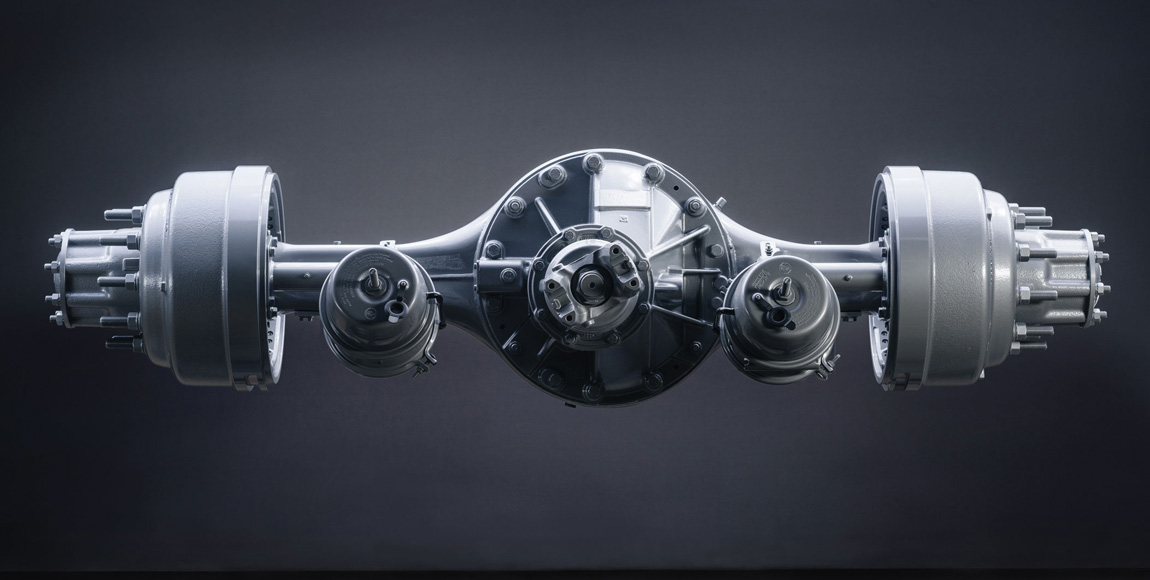Know your axles!

When it comes to buying an extra-heavy commercial vehicle, it’s wise to know the difference between models that feature single-axle reduction, and those that rely on hub reduction. Vic Oliver explains the difference
Potential buyers of extra-heavy commercial vehicles have the choice of a variety of different models and specifications. Included in the selection is the choice between single-axle reduction and hub-reduction rear-drive axles. In order to ensure that the vehicle is suitable for the job to be undertaken, it is important to understand both types of rear-axle drives.
To fully understand the pros and cons of both types of rear drive axles we need to first examine the basic functions of a drive axle, which are:
• Distribution of torque to the driving wheels;
• Reduction;
• Compensation of different rates of wheel rotation;
• Deflecting the power flow by 90° from the drive shaft to the axle.
Single-reduction axles – also known as hypoid-type axles – are fitted to many modern trucks. One of the major advantages is the mechanical efficiency of the single-reduction gears, which results in good fuel consumption.
Due to the design of single-reduction axles, heavy-duty vehicles fitted with this type of component usually have a limited gross combination mass (GCM) rating of between 56 000 and 70 000 kg, and are therefore not capable of hauling abnormal loads that exceed these ratings.
Hub-reduction axles – also known as planetary axles – split the torque between the differential and the planetary gears in the wheel hubs. As the torque is spread over several gear cogs, it makes this design extremely strong and well-suited for extra-heavy-duty work.
Due to the strength of the hub-reduction design, vehicle manufacturers that fit these axles have the choice of increasing the GCM rating of the vehicle, making it suitable for abnormal loads.
Some vehicle operators are of the opinion that vehicles equipped with hub-reduction axles use more fuel than vehicles fitted with single-reduction axles. However, according to manufacturers that supply vehicles fitted with hub-reduction axles, modern trucks fitted with these components are just as fuel efficient as those with single-reduction axles provided drivetrain and gearbox ratios are correctly matched.
While it’s my opinion that both single-reduction and hub-reduction axles are well suited for most normal vehicle operating conditions in South Africa, for applications where vehicles are required to operate beyond the legal GCM rating of 56 000 kg, a vehicle fitted with hub-reduction axles would be the better choice.
In addition, vehicles fitted with hub-reduction drive axles have the benefit of offering better ground clearance, making them well suited to applications involving rough terrain.
The decision of which type of rear-axle reduction is best for the operation is often clouded by truck sales personnel, who obviously promote and endeavour to sell the type of axle drive that is fitted to a truck that is readily available.
Published by
Vic Oliver
focusmagsa




